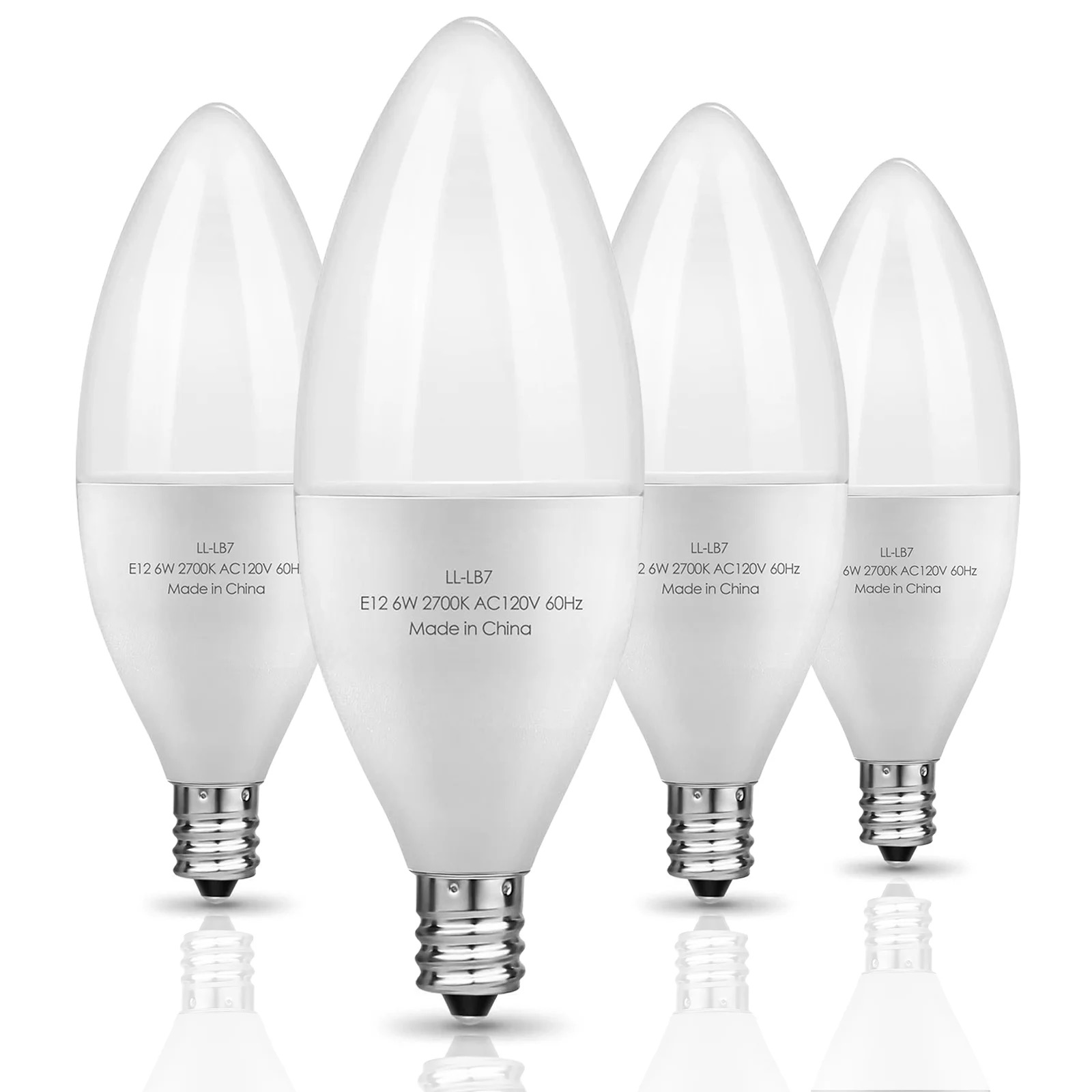

Articles
What Is A Type B Light Bulb
Modified: August 17, 2024
Discover all you need to know about Type B light bulbs in this informative article. Learn about their features, benefits, and how to choose the right one for your needs.
(Many of the links in this article redirect to a specific reviewed product. Your purchase of these products through affiliate links helps to generate commission for Storables.com, at no extra cost. Learn more)
Introduction
Welcome to the world of lighting! In every home, office, or public space, lighting plays a crucial role in providing illumination and creating the desired ambiance. Among the plethora of lighting options available, one commonly used type is the Type B light bulb. If you’ve ever wondered what exactly a Type B light bulb is and how it differs from other types, you’ve come to the right place.
A Type B light bulb is a specific type of light bulb that is categorized based on its shape, size, and base type. It is known for its unique characteristics and applications, making it a popular choice for various lighting needs. Whether you’re looking to upgrade your lighting fixtures or simply want to understand more about the different types of light bulbs, this article will provide you with a comprehensive overview of Type B light bulbs.
In the following sections, we will delve deeper into the definition, features, uses, advantages, and disadvantages of Type B light bulbs. We will also explore the different variations of Type B bulbs, their energy efficiency, cost considerations, maintenance, and longevity. By the end of this article, you’ll have a solid understanding of Type B light bulbs and their role in lighting design.
So, let’s embark on this enlightening journey and discover the world of Type B light bulbs!
Key Takeaways:
- Type B light bulbs offer decorative elegance and versatility, making them ideal for chandeliers, wall sconces, and accent lighting. Their unique designs and energy-efficient LED options provide stylish and efficient lighting solutions for various spaces.
- While Type B light bulbs provide a warm and inviting glow, it’s important to consider their limited compatibility with certain fixtures and lower light output compared to other bulb types. Understanding their features and limitations can help in making informed lighting choices.
Read more: What Is Type A Light Bulb
Definition of Type B Light Bulb
A Type B light bulb is a specific type of light bulb that is characterized by its unique shape, size, and base type. It belongs to the “bulged” category of light bulbs, distinguished by its wider middle part and tapered ends.
These bulbs are named “Type B” based on their classification in the lighting industry. The classification system is primarily based on the shape, size, and base type of the bulbs. Type B bulbs are commonly used in a variety of lighting fixtures, including chandeliers, wall sconces, and some table lamps.
One of the distinct features of Type B light bulbs is their candelabra or Edison screw base. The candelabra base, also known as E12, has a smaller diameter than the standard medium base (E26) found in most household light bulbs. The Edison screw base, also known as E14, is more common in European markets.
These bulbs are available in different wattages, ranging from 15 watts to 60 watts, depending on the specific lighting requirements. They also come in a variety of shapes, including classic candle-shaped, flame-shaped, and bent tip designs, to suit different decorative and functional purposes.
It’s important to note that Type B bulbs are not compatible with all types of lighting fixtures. They are specifically designed to fit fixtures that are designed to accommodate their unique shape and base type. Therefore, it’s crucial to check the requirements of your lighting fixture and ensure compatibility before purchasing a Type B light bulb.
In summary, a Type B light bulb is a special type of bulb with a bulged shape, a candelabra or Edison screw base, and various wattage options. Its unique design and compatibility with specific fixtures make it a popular choice for decorative and accent lighting.
Features and Characteristics of Type B Light Bulb
Type B light bulbs possess several distinct features and characteristics that set them apart from other types of bulbs. Understanding these features can help you make an informed decision when choosing the right light bulb for your specific lighting needs. Let’s explore some of the key features and characteristics of Type B light bulbs:
1. Shape and Size: Type B light bulbs are known for their unique shape and size. They typically have a bulged or rounded shape in the middle, which gradually tapers towards the ends. This shape distinguishes them from other types of bulbs such as A-shaped or globe-shaped bulbs.
2. Base Type: Type B bulbs usually come with a candelabra or Edison screw base. The candelabra base (E12) has a smaller diameter and is commonly used in chandeliers and decorative lighting fixtures. The Edison screw base (E14) is slightly larger and is more prevalent in European markets.
3. Wattage Options: Type B light bulbs are available in various wattage options, typically ranging from 15 to 60 watts. This range provides flexibility in choosing the right level of brightness for different lighting applications.
4. Decorative Designs: Many Type B light bulbs feature decorative designs, making them ideal for accent lighting and creating a visually appealing ambiance. Some common decorative designs include candle-shaped bulbs, flame-shaped bulbs, and bent tip bulbs.
5. Dimmable Options: Dimmable Type B light bulbs are widely available, allowing you to adjust the brightness level according to your preference or specific lighting requirements. This feature provides versatility and flexibility in creating different moods and atmospheres.
6. Incandescent and LED Options: Type B light bulbs are available in both incandescent and LED versions. Incandescent bulbs emit warm, traditional light, while LED bulbs offer energy efficiency and long-lasting performance.
7. Specific Lighting Fixtures: Type B bulbs are designed to fit specific lighting fixtures that can accommodate their shape and base type. These include chandeliers, wall sconces, some table lamps, and other decorative lighting fixtures that require a smaller, uniquely shaped bulb.
8. Versatile Applications: Type B light bulbs are versatile in their applications. They are commonly used for decorative or accent lighting purposes, such as illuminating dining areas, highlighting artwork, or creating a cozy atmosphere in living spaces.
Understanding the features and characteristics of Type B light bulbs can help you select the right bulb for your specific lighting needs. Whether you want to add a touch of elegance to your chandelier or create a warm and inviting ambiance in your living room, Type B light bulbs offer a range of options to meet your requirements with style and functionality.
Uses and Applications of Type B Light Bulb
Type B light bulbs are versatile and find applications in various settings. Their unique shape, size, and decorative designs make them ideal for specific lighting needs. Let’s explore some common uses and applications of Type B light bulbs:
1. Chandeliers and Hanging Fixtures: One of the primary applications of Type B light bulbs is in chandeliers and hanging fixtures. Their candelabra or Edison screw base fits perfectly into the sockets of these fixtures, adding a touch of elegance and creating a focal point in the room. The decorative designs of Type B bulbs enhance the aesthetic appeal of chandeliers and hanging fixtures.
2. Wall Sconces: Type B light bulbs are well-suited for wall sconces, which are decorative lighting fixtures mounted on walls. These bulbs provide a soft and warm glow, creating a cozy and inviting atmosphere in hallways, entryways, or living spaces. The decorative designs of Type B bulbs can complement the overall design aesthetic of the wall sconces.
3. Table Lamps: Some table lamps are designed to accommodate Type B light bulbs. These bulbs offer a decorative and compact lighting solution for bedside tables, desks, or any other area where a smaller-sized bulb is required. The various wattage options of Type B bulbs allow for customization of the light output based on the desired brightness level.
4. Decorative Lighting: Type B light bulbs are often used for decorative lighting purposes. Their unique shapes, such as candle-shaped or flame-shaped designs, add an aesthetically pleasing element to decorative fixtures like lanterns, wall lights, or pendant lights. These bulbs can enhance the overall ambiance of a space and create a visual impact.
5. Accent Lighting: Type B light bulbs can be used for accent lighting, where the goal is to highlight specific areas, objects, or architectural features in a room. The focused and directed light provided by Type B bulbs can draw attention to artwork, sculptures, or other focal points, creating a dramatic effect and adding visual interest.
6. Event and Party Lighting: The decorative designs and warm glow of Type B light bulbs make them popular choices for event and party lighting. Whether it’s a wedding, a birthday celebration, or a festive gathering, these bulbs can be used in string lights, candelabras, or other lighting fixtures to create a festive and celebratory atmosphere.
7. Commercial Settings: Type B light bulbs are also utilized in commercial settings such as hotels, restaurants, and retail stores. Their decorative designs can contribute to the overall ambiance and enhance the visual appeal of the space. They are often found in lobbies, dining areas, and display sections, adding a touch of sophistication and style.
Overall, Type B light bulbs offer versatile options for various lighting needs. Whether you want to enhance the elegance of your chandelier, add charm to your wall sconces, or create a festive atmosphere for a special event, Type B light bulbs provide a versatile and decorative lighting solution.
Advantages and Disadvantages of Type B Light Bulb
Like any other lighting option, Type B light bulbs come with their own set of advantages and disadvantages. Understanding these pros and cons can help you make an informed decision when selecting the right bulb for your specific lighting needs. Let’s explore the advantages and disadvantages of Type B light bulbs:
Advantages:
1. Decorative Appeal: One of the biggest advantages of Type B light bulbs is their decorative appeal. These bulbs come in a variety of decorative designs, such as candle-shaped or flame-shaped, which can enhance the aesthetic appeal of your lighting fixtures and add elegance to your space.
2. Versatility: Type B light bulbs are versatile in their applications. They can be used in chandeliers, wall sconces, table lamps, and other decorative lighting fixtures. Their ability to fit into different types of fixtures makes them a flexible choice for various lighting needs.
3. Soft and Warm Glow: Type B light bulbs emit a soft and warm glow, creating a cozy and inviting atmosphere in the room. This warm light can help to create a relaxing ambiance, making them ideal for spaces where you want to unwind or create a comfortable environment.
4. Dimmable Options: Many Type B light bulbs are dimmable, allowing you to adjust the brightness level according to your preference or specific lighting requirements. This flexibility in dimming options allows you to create different moods and atmospheres in your space.
5. Energy Efficiency: When compared to traditional incandescent bulbs, Type B light bulbs, particularly those with LED technology, are more energy-efficient. They consume less energy and have a longer lifespan, resulting in reduced electricity bills and fewer bulb replacements.
Disadvantages:
1. Limited Compatibility: One of the main disadvantages of Type B light bulbs is their limited compatibility with specific lighting fixtures. They are designed to fit fixtures that can accommodate their unique shape and base type, so they may not be suitable for all types of lighting fixtures.
2. Limited Light Output: Type B light bulbs typically have a lower wattage range compared to other types of bulbs. While they provide a soft and warm glow, they might not be suitable for areas that require high-intensity lighting or bright illumination.
3. Higher Cost: LED Type B light bulbs, which are more energy-efficient, tend to have a higher initial cost compared to traditional incandescent bulbs. However, this cost is often offset by the long lifespan and energy savings of LED bulbs over time.
4. Heat Generation: Some Type B light bulbs, especially incandescent bulbs, can generate significant heat during operation. This can be a concern in certain environments or if the bulb is in close proximity to sensitive objects or materials.
5. Limited Dimming Range: While Type B light bulbs may offer dimmable options, the dimming range might be limited compared to other types of bulbs. It’s important to check the specific dimming capabilities of the bulb to ensure compatibility with your dimming systems.
In summary, Type B light bulbs offer decorative appeal, versatility, and a warm glow. However, they have limited compatibility, a lower wattage range, and may generate heat. Understanding these advantages and disadvantages can help you determine if Type B light bulbs are the right choice for your specific lighting requirements.
When purchasing a Type B light bulb, make sure to check the base size and shape to ensure it will fit your fixture. Type B bulbs are commonly used in chandeliers, sconces, and other decorative lighting fixtures.
Read more: What Is A Type C Light Bulb
Comparison with Other Types of Light Bulbs
When it comes to choosing the right light bulb, it’s important to consider the various options available in the market. Let’s compare Type B light bulbs with some other commonly used types to understand their similarities and differences:
Type A Light Bulbs:
– Shape and Size: Type A light bulbs have a standard A-shape, which is wider at the base and tapers towards the top. In contrast, Type B bulbs have a bulged shape in the middle and are narrower at the base.
– Base Type: Type A bulbs typically have a medium Edison screw base (E26), which is larger than the candelabra or Edison screw base (E12 or E14) of Type B bulbs.
– Applications: Type A bulbs are commonly used in various fixtures, including table lamps, floor lamps, and ceiling fixtures. They are more versatile in their applications compared to Type B bulbs.
– Light Output: Type A bulbs usually have a wider range of wattage options, providing higher light output compared to Type B bulbs.
– Energy Efficiency: Type A bulbs are available in both incandescent and LED versions, with LED bulbs being more energy-efficient than their incandescent counterparts.
Type C Light Bulbs:
– Shape and Size: Type C light bulbs, also known as candle bulbs, have a slender and elongated shape resembling a candle flame. They are narrower and smaller than Type B bulbs.
– Base Type: Type C bulbs usually have a candelabra base (E12), similar to Type B bulbs.
– Applications: Type C bulbs are commonly used in chandeliers, wall sconces, and small decorative fixtures, similar to Type B bulbs.
– Light Output: Type C bulbs typically have a lower wattage range compared to Type B bulbs, providing a softer and more subdued light output.
– Energy Efficiency: Like Type B bulbs, Type C bulbs are available in both incandescent and LED versions. LED bulbs are more energy-efficient and have a longer lifespan compared to incandescent bulbs.
Type D Light Bulbs:
– Shape and Size: Type D light bulbs, also known as globe bulbs, have a spherical or globe-shaped design. They are larger and wider than Type B bulbs.
– Base Type: Type D bulbs commonly have a medium Edison screw base (E26), similar to Type A bulbs.
– Applications: Type D bulbs are used in fixtures such as vanity lights, bathroom sconces, and pendant lights, providing a wide and even distribution of light.
– Light Output: Type D bulbs typically have a higher wattage range compared to Type B bulbs, providing brighter and more intense light.
– Energy Efficiency: Type D bulbs are available in both incandescent and LED versions, with LED bulbs offering energy efficiency and longer lifespan.
In summary, Type B light bulbs have their unique shape, base type, and decorative appeal, making them suitable for specific fixtures such as chandeliers, wall sconces, and some table lamps. They typically have a lower wattage range compared to Type A and Type D bulbs, offering a softer and warm glow. Considering the specific lighting needs and compatibility with fixtures can help in selecting the most appropriate type of light bulb for any given application.
Types and Variations of Type B Light Bulb
Type B light bulbs come in a variety of types and variations, offering options to suit different lighting needs and design preferences. Let’s explore some of the common types and variations of Type B light bulbs:
1. Candle-shaped Bulbs: Candle-shaped Type B bulbs resemble traditional candle flames, featuring a narrow and tapered top and a wider base. These bulbs are often used in chandeliers, wall sconces, and decorative fixtures that aim to create an elegant and classic ambiance.
2. Flame-shaped Bulbs: Flame-shaped Type B bulbs mimic the shape of a flickering flame, adding a touch of warmth and authenticity to candle holders and other decorative lighting fixtures. These bulbs are popular for creating a cozy and inviting atmosphere in dining areas, entryways, or living spaces.
3. Bent Tip Bulbs: Bent tip Type B bulbs have a unique design with a bent or curved top, adding a decorative element to lighting fixtures. They are often used in fixtures where the bulb is partially visible, such as chandeliers with exposed bulbs or wall sconces. Bent tip bulbs provide a subtle and elegant lighting effect.
4. Frosted or Clear Glass: Type B bulbs are available with both frosted and clear glass options. Frosted bulbs emit a diffused and softer light, creating a gentle and more subdued ambiance. Clear glass bulbs provide a more direct and focused illumination, making them suitable for task lighting or areas where brighter light is desired.
5. Incandescent Bulbs: Incandescent Type B bulbs use a filament that heats up and emits light when an electric current passes through it. These bulbs have a warm and traditional glow, reminiscent of classic lighting. However, it’s important to note that incandescent bulbs are less energy-efficient compared to other options and have a shorter lifespan.
6. LED Bulbs: LED Type B bulbs have gained popularity due to their energy efficiency, long lifespan, and versatility. These bulbs use light-emitting diodes (LEDs) to produce bright and efficient light. LED Type B bulbs are available in various color temperatures, allowing for customization of the lighting ambiance. They are an environmentally friendly choice and can reduce energy consumption significantly.
7. Dimmable Options: Many Type B light bulbs, including both incandescent and LED versions, offer dimmable options. Dimmable bulbs allow you to adjust the brightness according to your preference or specific lighting requirements, providing flexibility in creating different moods and atmospheres.
When selecting a specific type or variation of Type B light bulb, it’s important to consider the lighting fixture, the desired ambiance, and the specific lighting needs of the space. Whether you’re aiming for a classic candlelit look or a sleek modern design, the different types and variations of Type B bulbs offer flexibility and versatility for your lighting projects.
Energy Efficiency and Cost Considerations
When choosing the right light bulb, energy efficiency and cost considerations play a crucial role. Let’s explore how Type B light bulbs fare in terms of energy efficiency and the associated cost factors:
Energy Efficiency:
Type B light bulbs, especially those with LED technology, are known for their energy efficiency. LED bulbs convert a higher percentage of energy into light, resulting in less wasted energy in the form of heat. Comparing them to traditional incandescent bulbs, LED Type B bulbs consume significantly less energy while providing the same or even brighter illumination.
LED Type B bulbs are more efficient due to their lower wattage requirements and longer lifespan. They consume fewer watts to produce the same amount of light, resulting in substantial energy savings over time. Additionally, LED bulbs have less heat generation, making them more efficient in terms of energy utilization.
Cost Considerations:
The cost considerations for Type B light bulbs involve both the upfront cost of purchasing the bulbs and the long-term cost of energy consumption and maintenance. Here are some factors to consider:
1. Initial Cost: LED Type B bulbs generally have a higher initial cost compared to traditional incandescent bulbs or even CFL (compact fluorescent) bulbs. However, the initial cost is often offset by their energy efficiency and longer lifespan.
2. Energy Savings: LED Type B bulbs consume less energy and have a longer lifespan, resulting in substantial energy savings over time. This can lead to lower electricity bills and reduced operational costs in the long run.
3. Maintenance and Replacement: LED Type B bulbs have a significantly longer lifespan compared to incandescent or CFL bulbs. This means fewer replacements and lower maintenance costs over time. Incandescent bulbs, on the other hand, have a shorter lifespan and require frequent replacements, resulting in higher maintenance costs.
4. Lumen Output: When comparing the cost of different types of bulbs, it’s important to consider the lumen output or the brightness of the bulbs. LED Type B bulbs often provide comparable or higher lumen output while consuming less energy, making them a cost-effective choice in terms of brightness per watt.
5. Utility Rebates and Incentives: Depending on your location, there may be utility rebates or incentives available for energy-efficient bulbs, including LED Type B bulbs. These programs can further reduce the upfront cost of purchasing energy-efficient lighting.
When considering energy efficiency and cost, it’s important to evaluate the long-term savings and benefits of LED Type B bulbs. While the initial cost may be higher, the energy savings, longer lifespan, and lower maintenance costs hold significant advantages, making them a cost-effective and environmentally friendly choice over the long run.
Overall, Type B light bulbs, especially those with LED technology, offer excellent energy efficiency and potential cost savings. Investing in energy-efficient lighting not only benefits your wallet but also helps reduce energy consumption and minimize your environmental impact.
Maintenance and Longevity of Type B Light Bulb
When it comes to lighting fixtures, understanding the maintenance and longevity of Type B light bulbs is essential. Let’s explore how these bulbs fare in terms of maintenance requirements and their expected lifespan:
Maintenance Requirements:
Type B light bulbs typically have low maintenance requirements compared to other types of bulbs. Here are some key aspects to consider:
1. Cleaning: Type B bulbs may accumulate dust and dirt over time, which can affect their brightness and appearance. Regular cleaning of the bulbs can help maintain their performance and prolong their lifespan. Ensure the bulbs are turned off and completely cooled down before cleaning them with a soft cloth or a bulb specifically designed for cleaning.
2. Fixtures and Sockets: In addition to caring for the bulbs themselves, it’s essential to maintain the fixtures and sockets where Type B bulbs are installed. Regularly inspect the fixtures for any signs of damage, loose connections, or corrosion. Ensure proper installation and secure socket connections to prevent issues and extend the bulb’s lifespan.
3. Replacement: Over time, Type B bulbs will eventually reach the end of their lifespan and need to be replaced. When replacing bulbs, ensure compatibility with the specific lighting fixture and follow the manufacturer’s guidelines for installation. It’s also advisable to handle bulbs with care to avoid breakage.
Lifespan:
The lifespan of Type B light bulbs can vary depending on several factors, including the type of bulb (incandescent or LED) and the quality of the bulb. Generally, LED Type B bulbs have a significantly longer lifespan compared to incandescent bulbs. Here are some typical lifespan considerations:
1. Incandescent Bulbs: Incandescent Type B bulbs have a relatively shorter lifespan compared to LED bulbs. They typically last around 1,000 to 2,000 hours, depending on usage and environmental factors.
2. LED Bulbs: LED Type B bulbs have a much longer lifespan, usually ranging from 15,000 to 50,000 hours or even longer. LED technology not only extends the lifespan of the bulb but also ensures consistent performance throughout its life.
3. Environmental Factors: Environmental factors such as temperature, humidity, and voltage fluctuations can impact the lifespan of Type B bulbs. Extreme temperatures or frequent voltage surges can decrease the longevity of the bulbs. Therefore, it’s important to choose high-quality bulbs and ensure proper environmental conditions for optimal performance and durability.
By selecting LED Type B bulbs and adhering to proper maintenance practices, you can maximize the longevity of your bulbs and reduce the frequency of replacements. LED bulbs not only offer a longer lifespan but also provide energy efficiency and cost savings over time.
In summary, Type B light bulbs have relatively low maintenance requirements, typically involving periodic cleaning and inspection of fixtures and sockets. LED Type B bulbs offer a significantly longer lifespan compared to incandescent bulbs, making them a more durable and cost-effective choice. By taking proper care of your Type B bulbs and investing in LED technology, you can enjoy bright and reliable lighting for an extended period.
Read more: What Is A Type A Lamp Light Bulb
Conclusion
Type B light bulbs offer a unique combination of design, versatility, and functionality for various lighting needs. Whether you’re looking to add elegance to your chandelier, create a cozy ambiance in your living room, or highlight specific areas with accent lighting, Type B bulbs have you covered. Understanding the features, uses, advantages, and considerations of Type B light bulbs can help you make informed decisions when selecting the right bulbs for your space.
From their decorative designs and soft, warm glow to their compatibility with specific lighting fixtures, Type B bulbs bring a touch of sophistication and style to any environment. Their candelabra or Edison screw base, available in different wattages, enhances their versatility and flexibility.
When it comes to energy efficiency, LED Type B bulbs shine. LED technology not only provides bright and efficient lighting but also reduces energy consumption and lowers utility bills. Their longer lifespan translates into fewer replacements and lower maintenance costs in the long run.
While Type B bulbs offer numerous advantages, it’s important to consider their limitations, such as limited compatibility with certain fixtures and a lower light output compared to other bulb types. By understanding the specific requirements of your lighting needs, you can make the most appropriate choice.
In conclusion, Type B light bulbs are a stylish and functional lighting solution for a range of applications. Their decorative appeal, versatile design, and energy efficiency make them a popular choice for chandeliers, wall sconces, and other decorative lighting fixtures. Whether you opt for LED or incandescent variations, Type B bulbs provide the perfect balance of aesthetics and performance.
As lighting technology continues to advance, it’s important to stay informed about the latest developments and options available. By considering the features, uses, advantages, and cost considerations of Type B light bulbs, you can create a well-lit and inviting space that suits your unique style and lighting requirements.
Curious about enhancing your space with the right lighting? Our articles on stylish LED mirrors and versatile light fixtures offer fresh ideas. Whether you're updating your bathroom or setting the mood in your living room, we've got insights that make a difference. Don't miss out on discovering chic ways to light up your home!
Frequently Asked Questions about What Is A Type B Light Bulb
Was this page helpful?
At Storables.com, we guarantee accurate and reliable information. Our content, validated by Expert Board Contributors, is crafted following stringent Editorial Policies. We're committed to providing you with well-researched, expert-backed insights for all your informational needs.
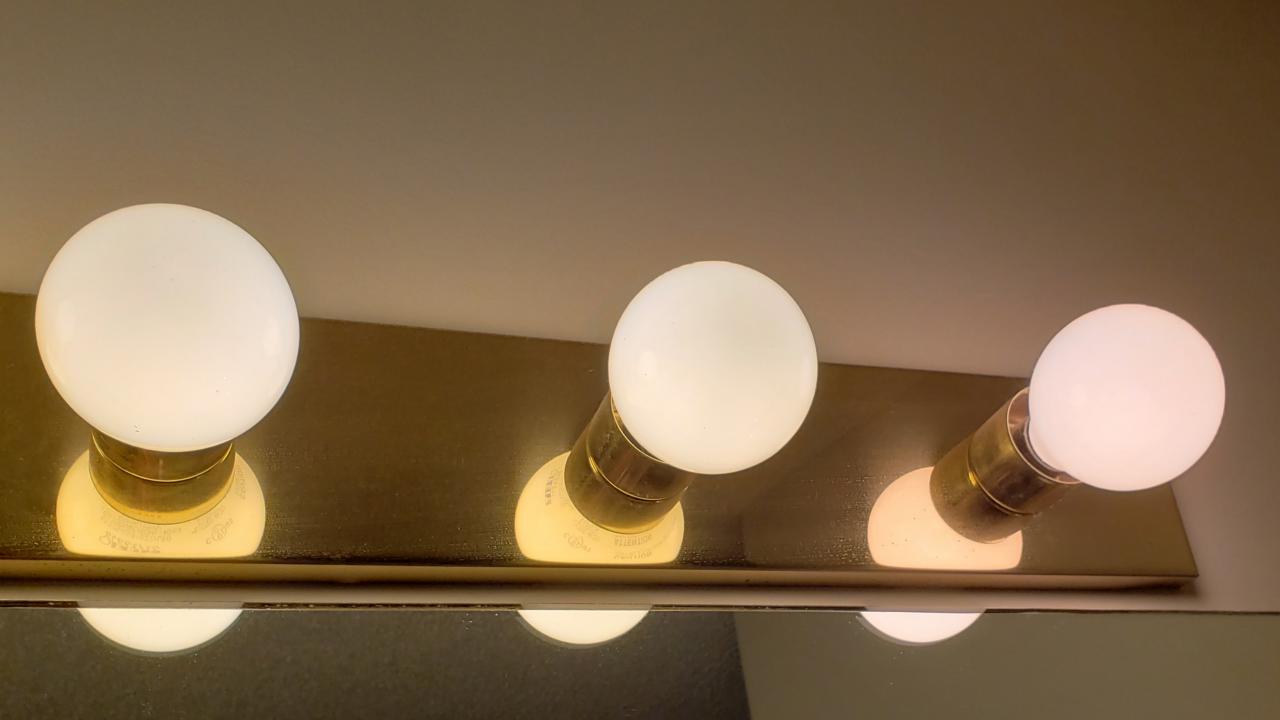
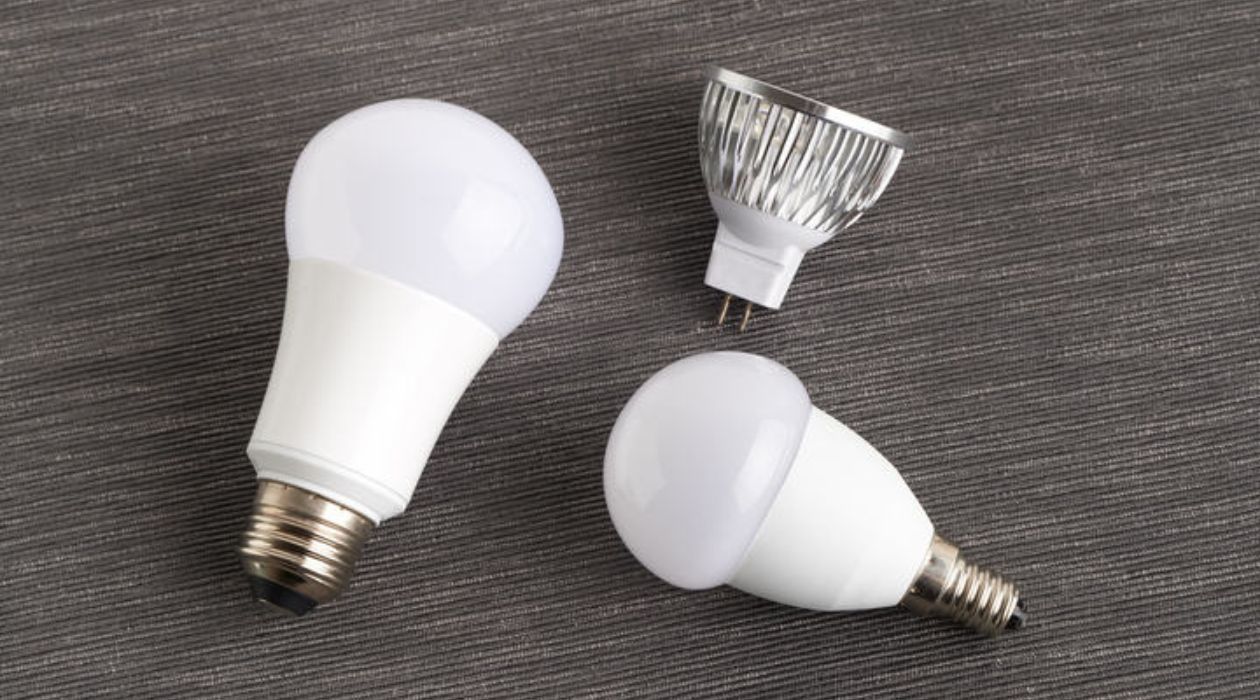
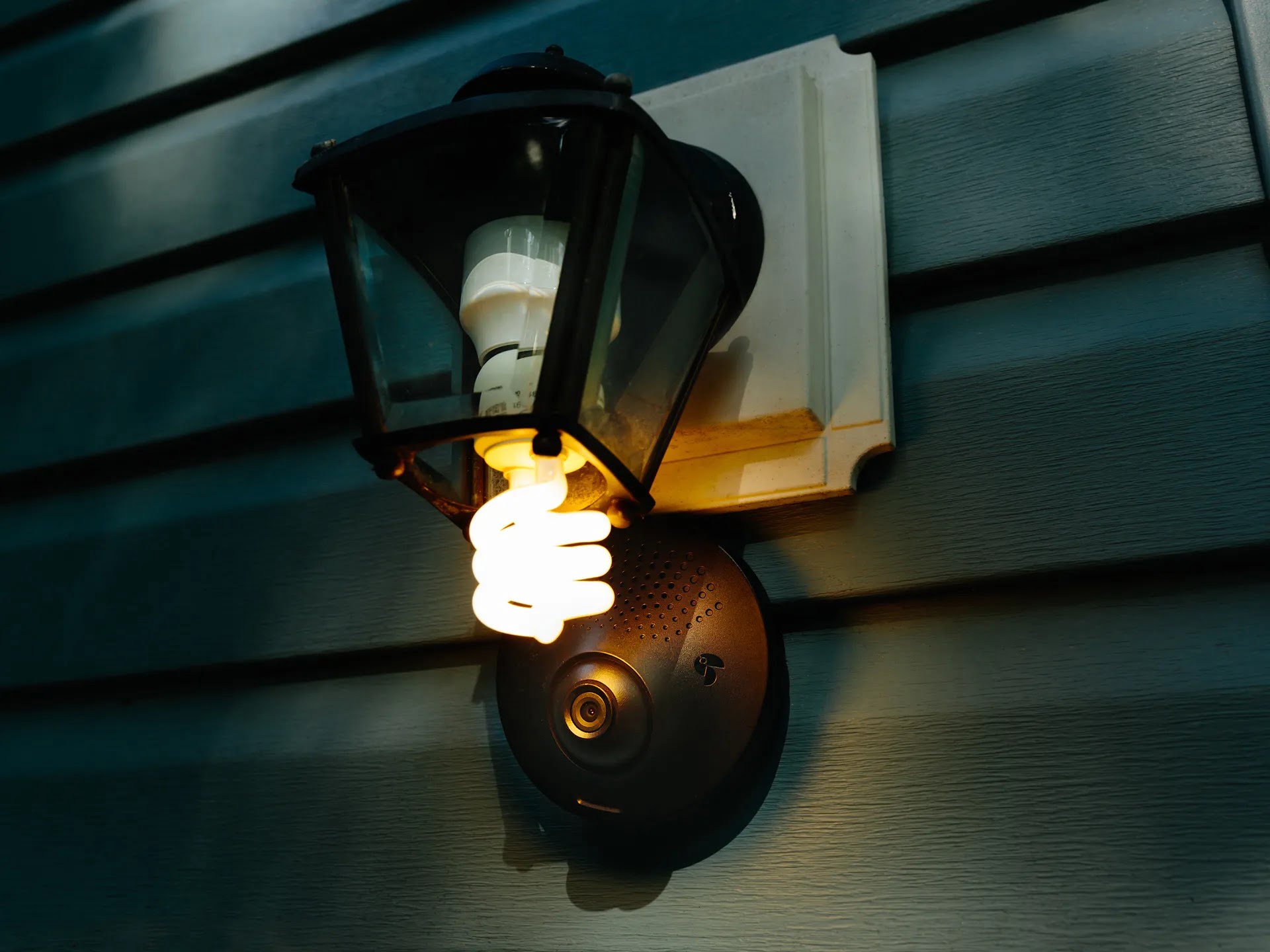
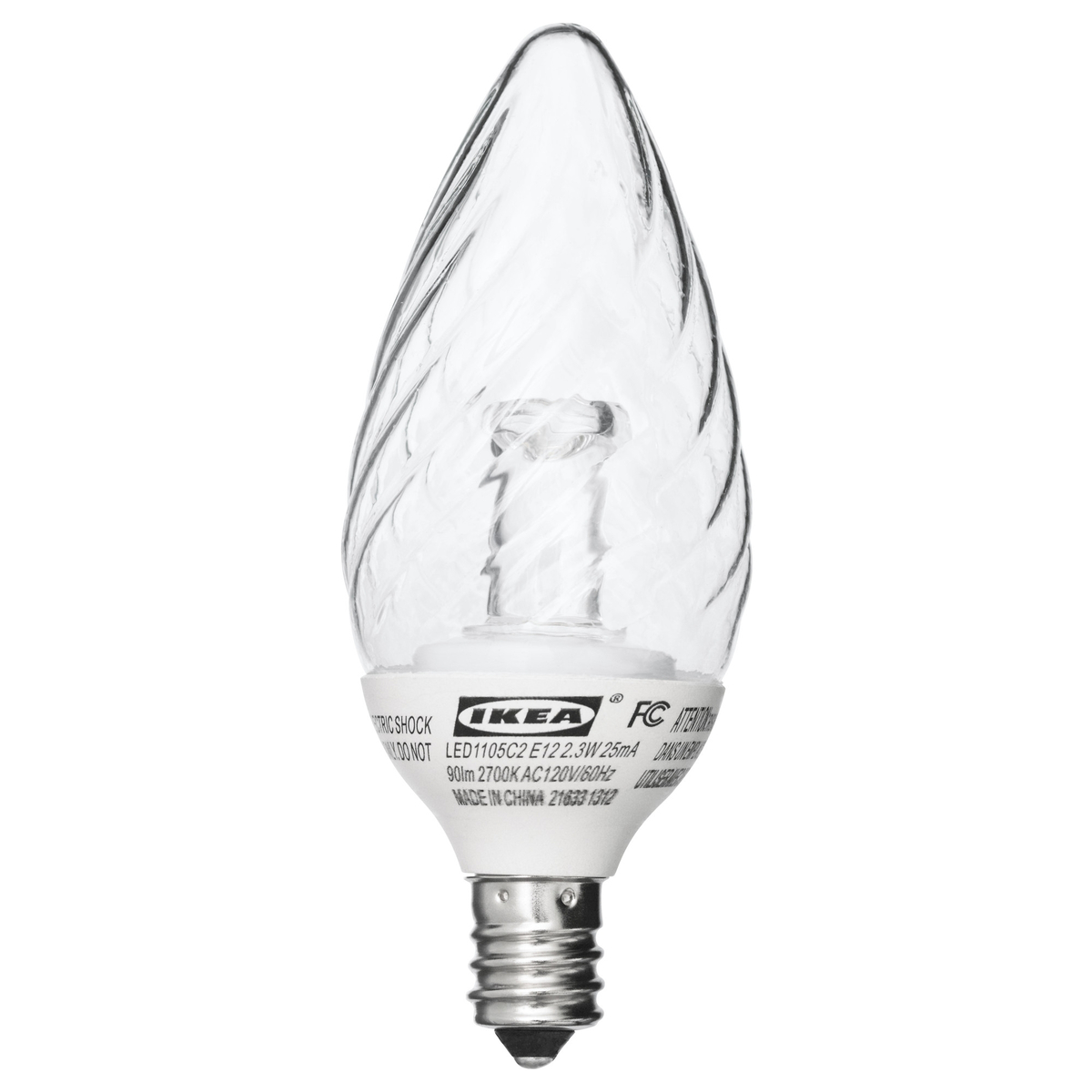
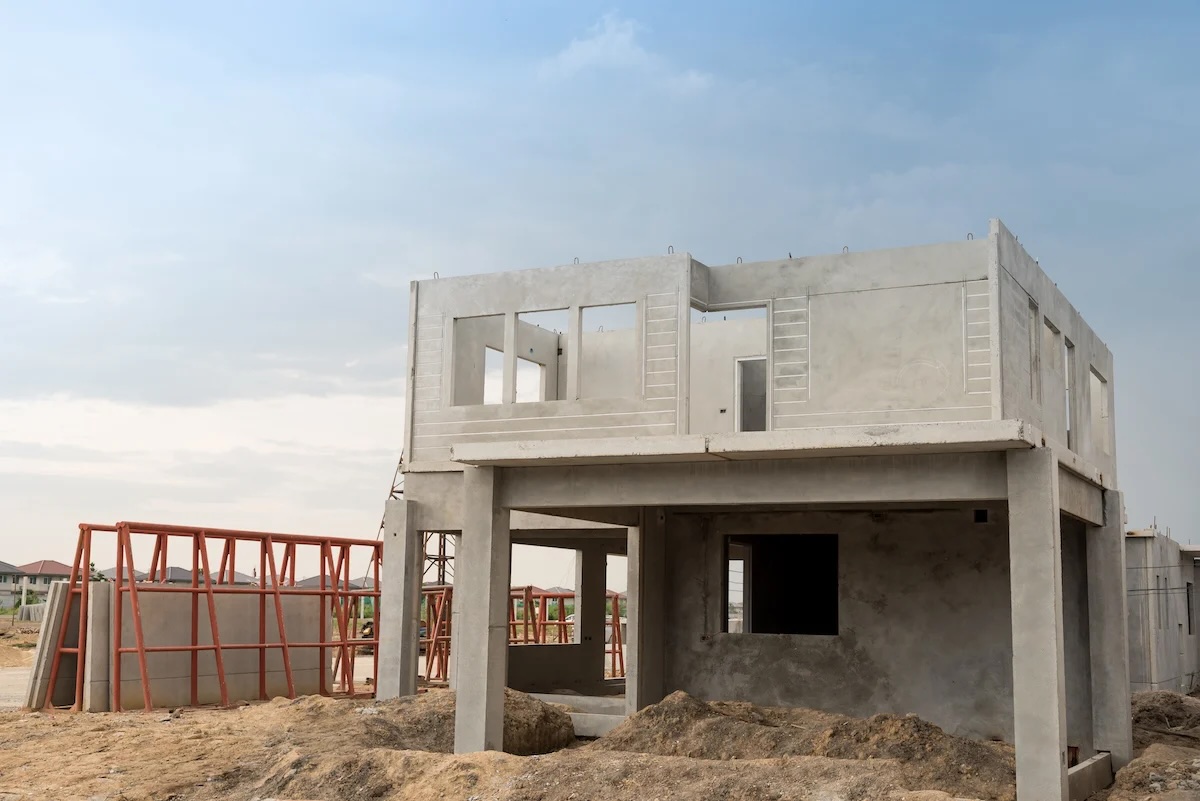
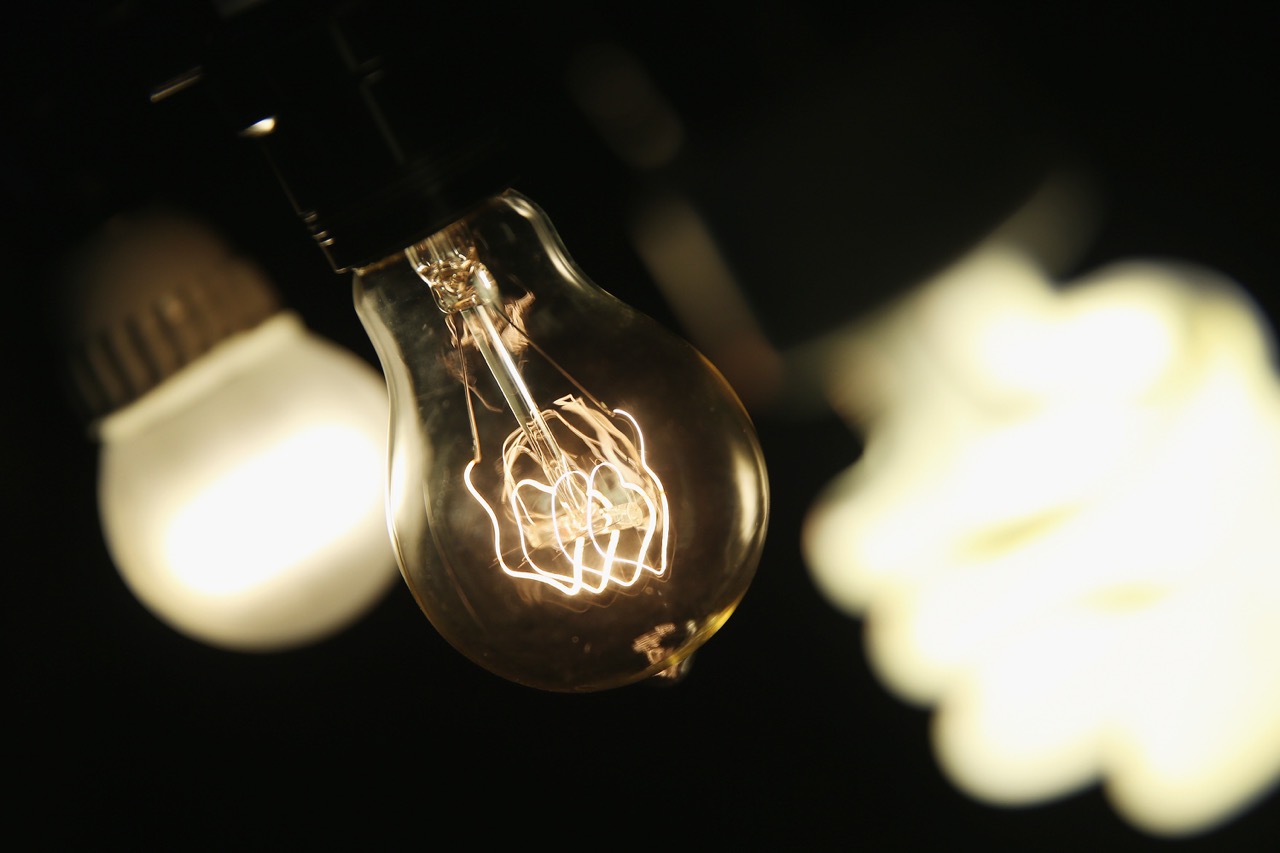
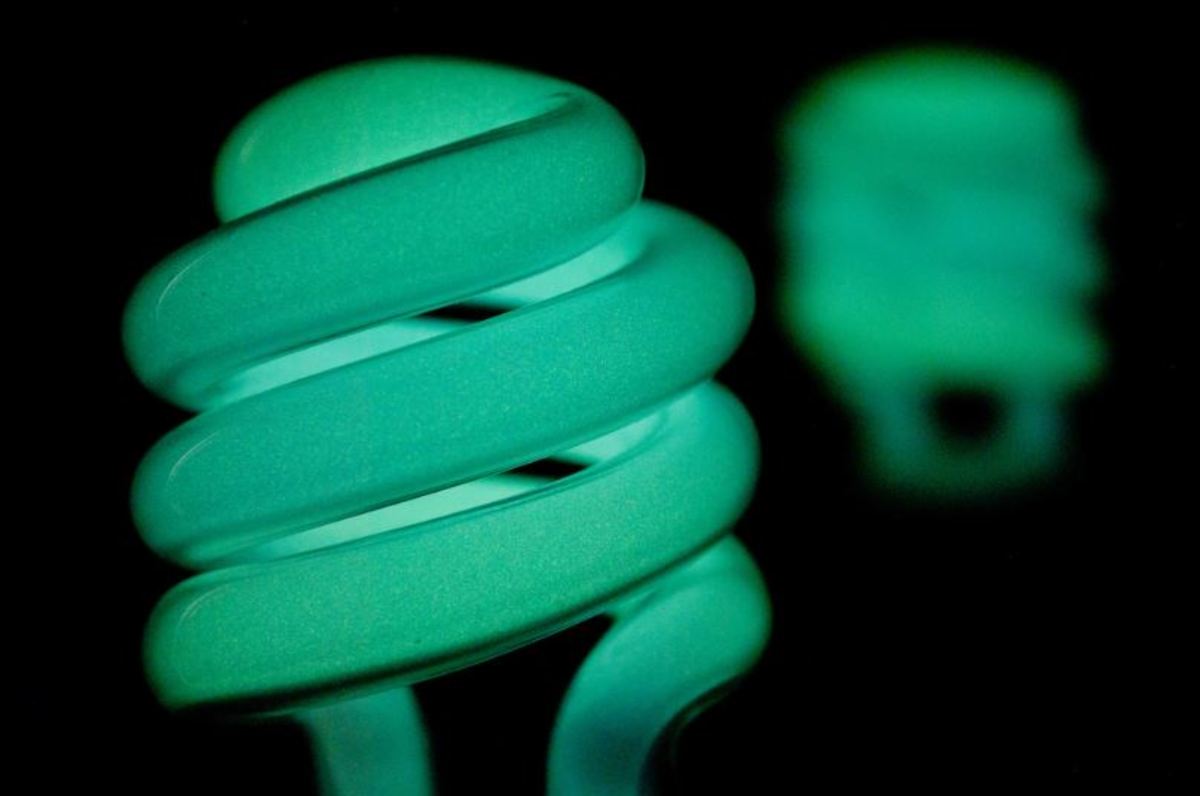
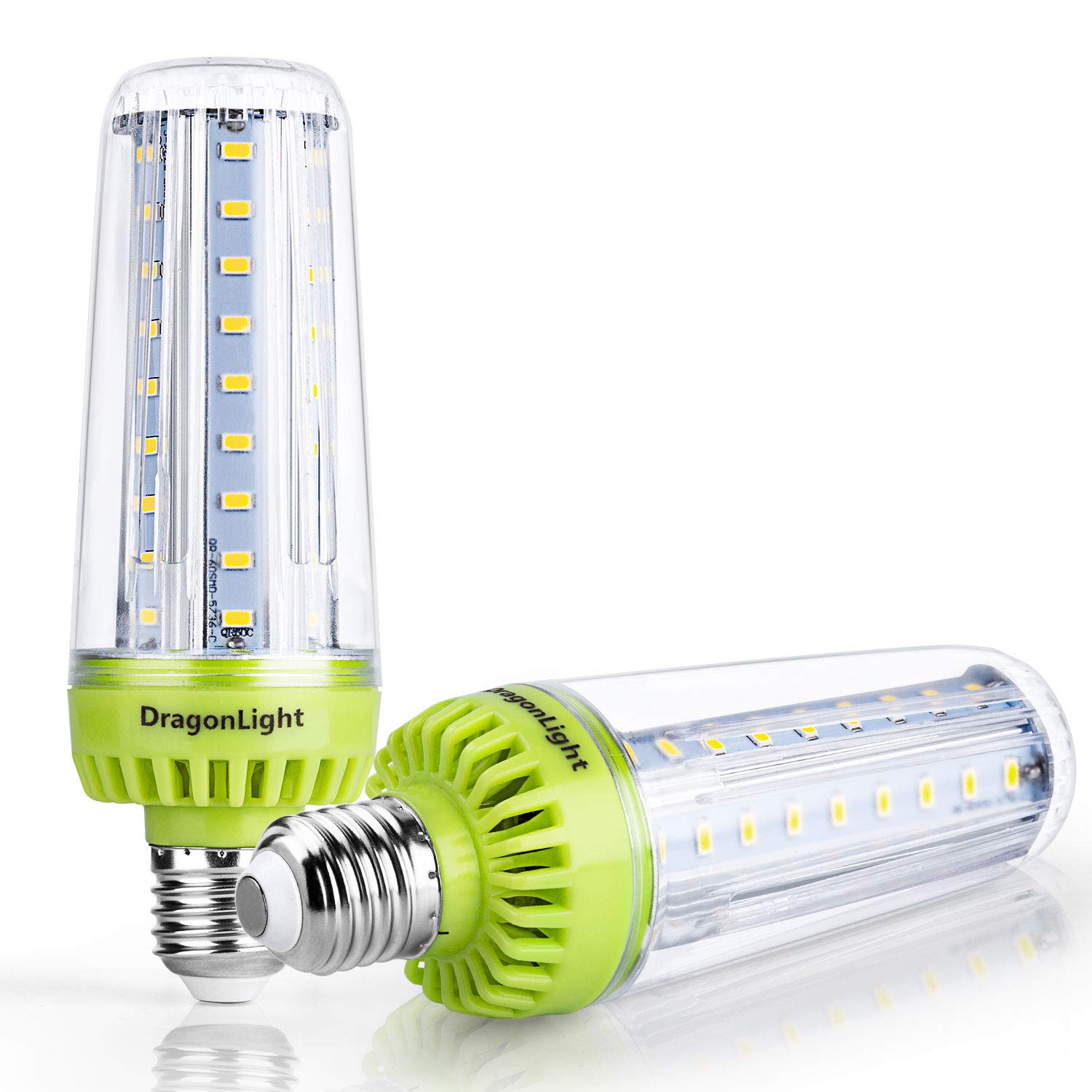
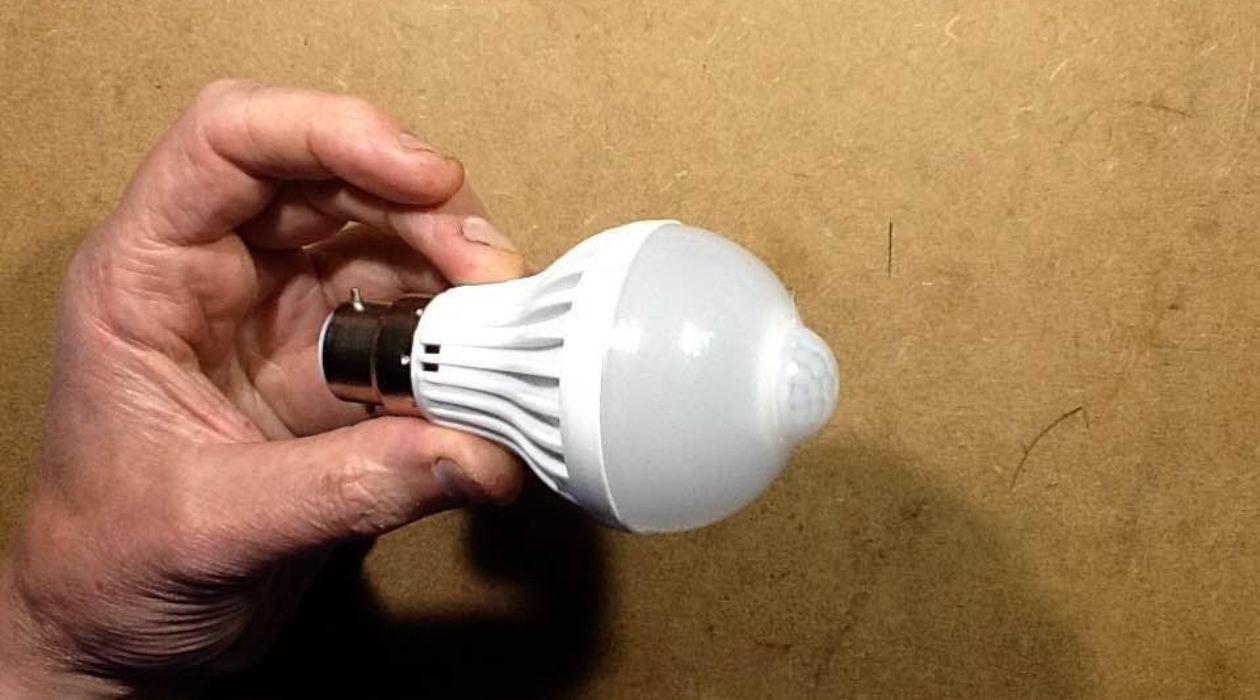
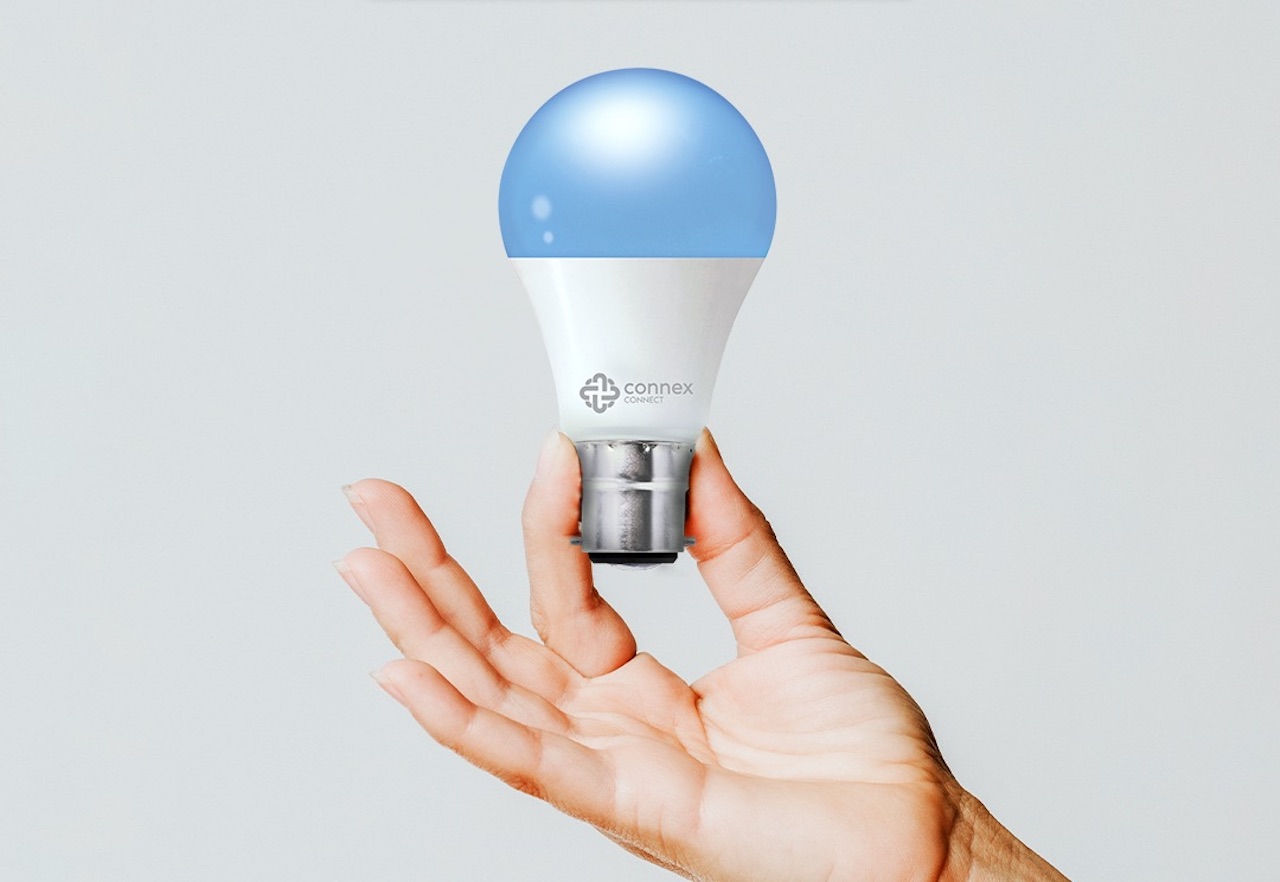
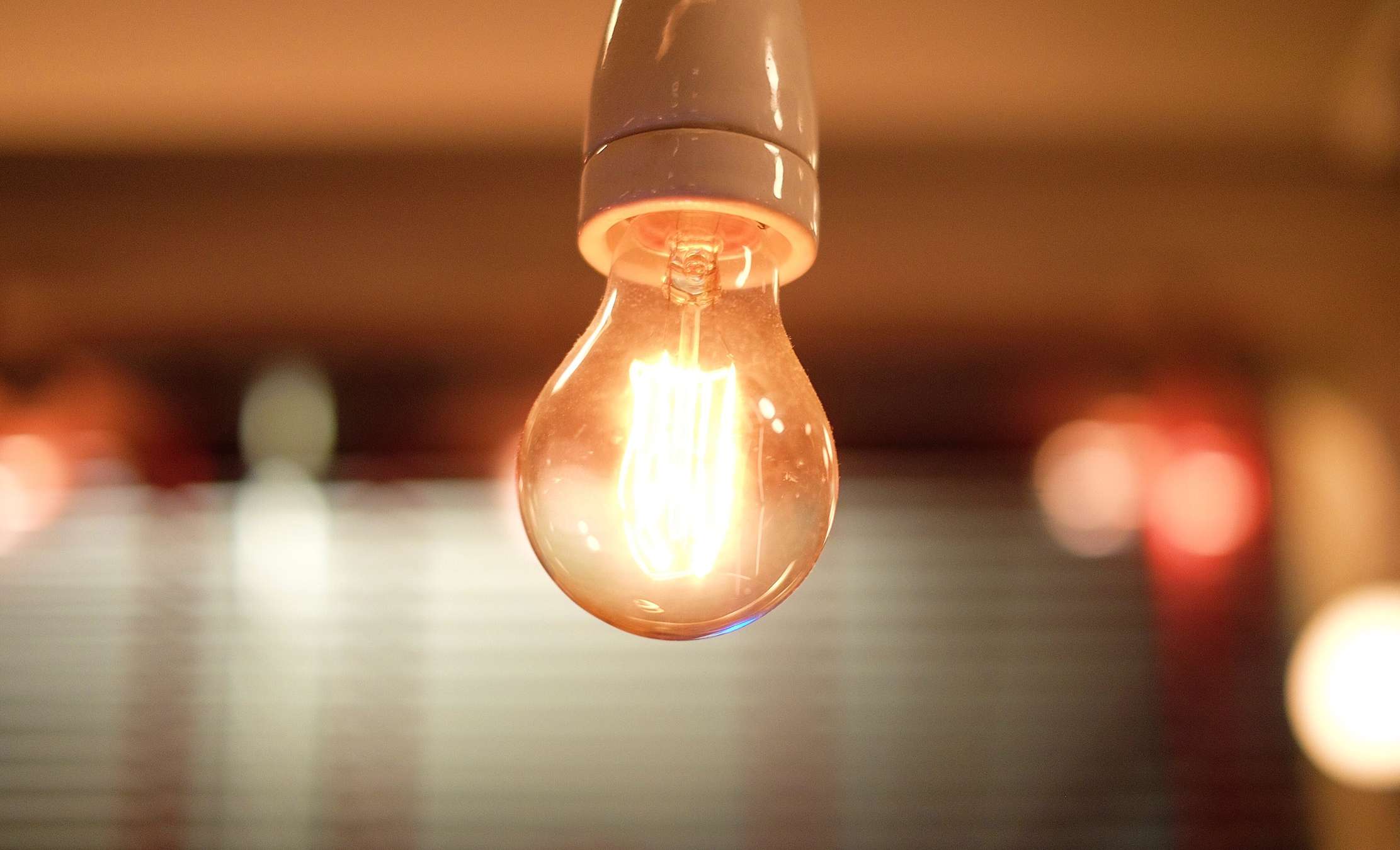
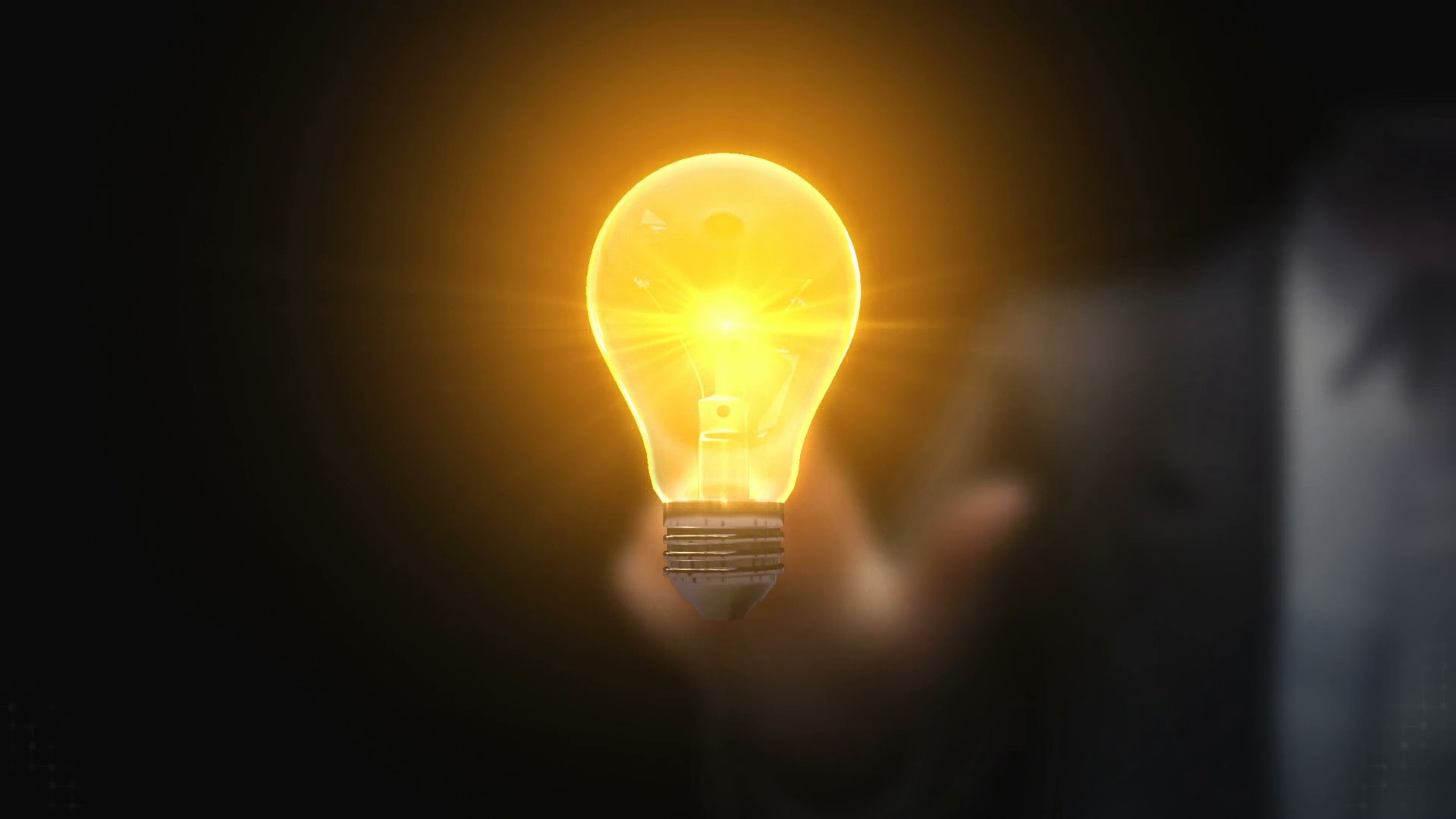
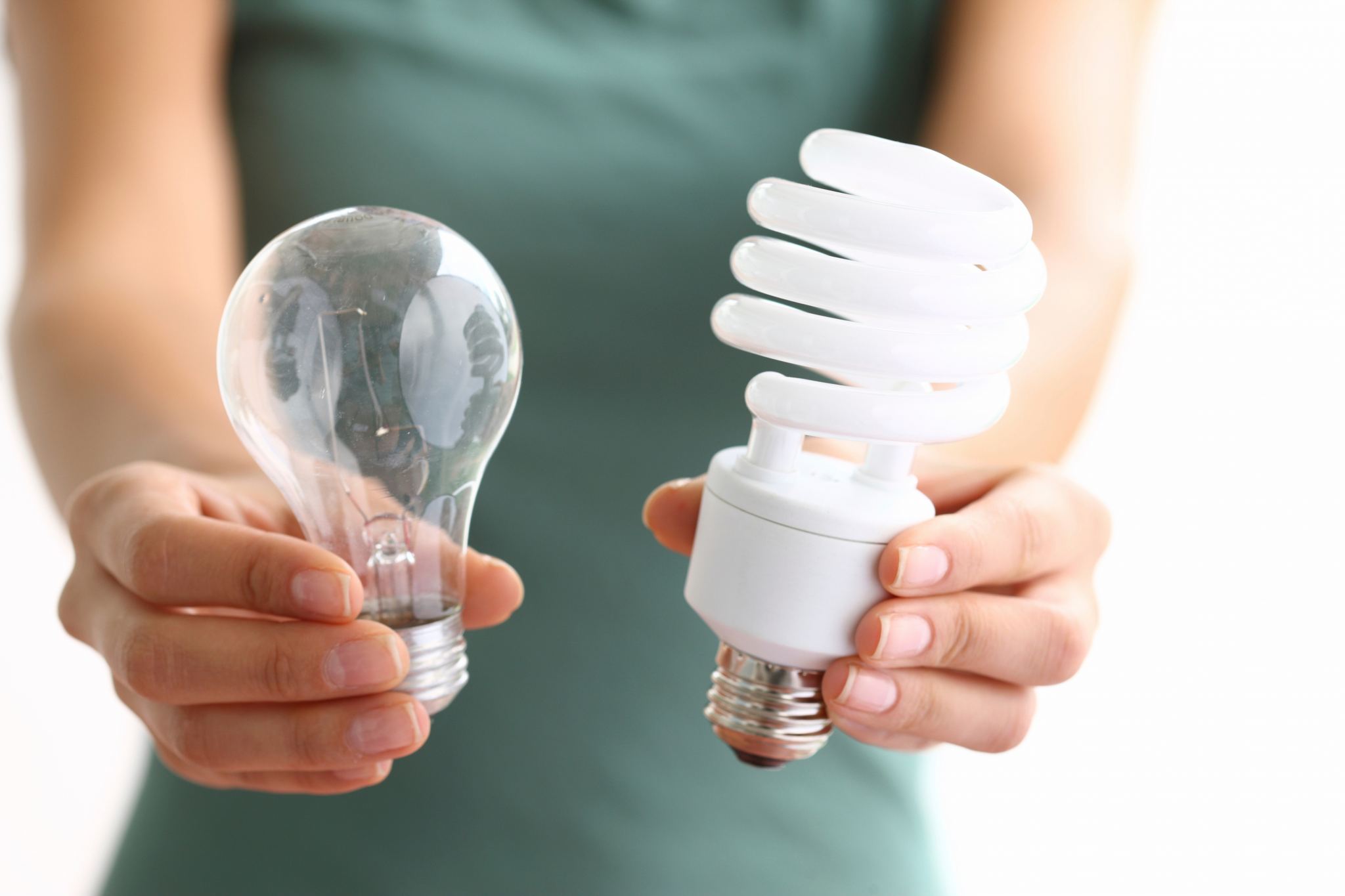

0 thoughts on “What Is A Type B Light Bulb”